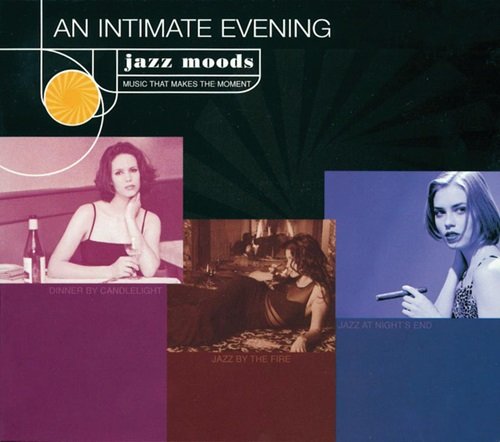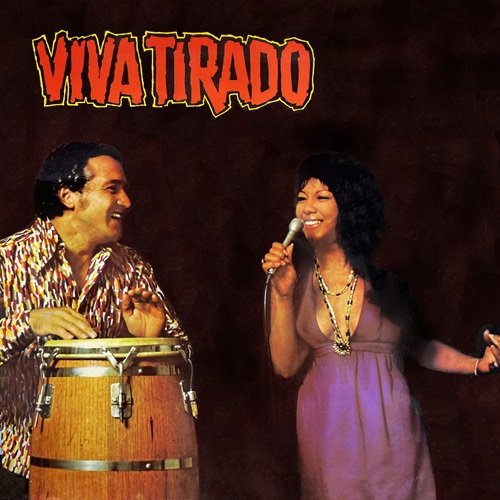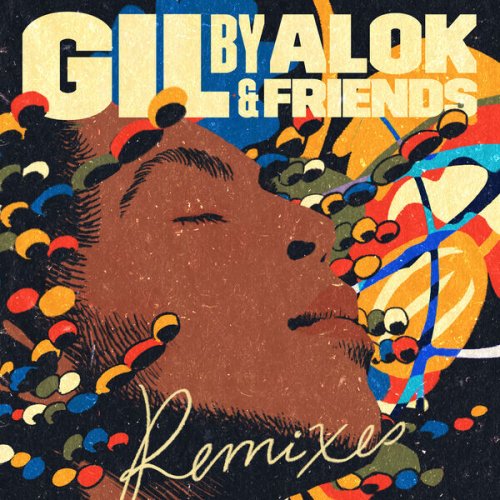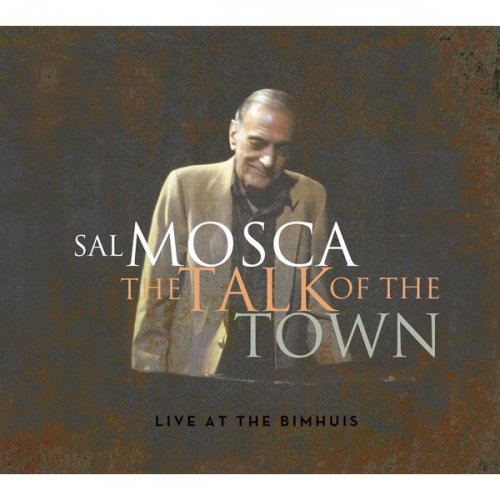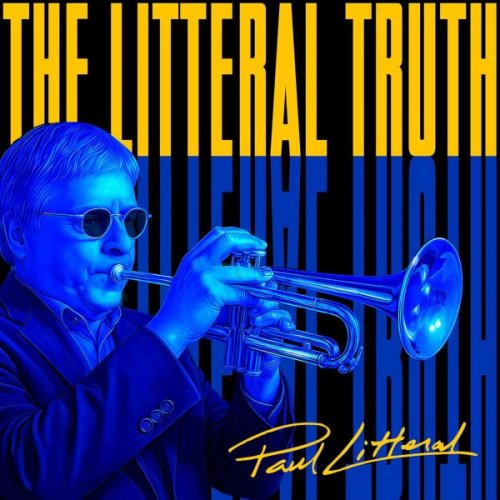Maurizio Paciariello - Complete Pianoforte Sonatas, Vol. 1 (2017)
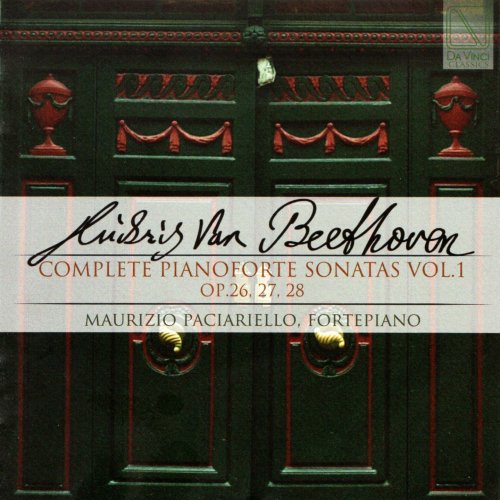
Artist: Maurizio Paciariello
Title: Ludwig van Beethoven: Complete Pianoforte Sonatas Vol. 1
Year Of Release: 2017
Label: Da Vinci Classics
Genre: Classical
Quality: FLAC (tracks)
Total Time: 1:18:39
Total Size: 280 MB
WebSite: Album Preview
Tracklist:Title: Ludwig van Beethoven: Complete Pianoforte Sonatas Vol. 1
Year Of Release: 2017
Label: Da Vinci Classics
Genre: Classical
Quality: FLAC (tracks)
Total Time: 1:18:39
Total Size: 280 MB
WebSite: Album Preview
1. Piano Sonata No. 12 in A-Flat Major, Op. 26: I. Andante con variazioni (07:20)
2. Piano Sonata No. 12 in A-Flat Major, Op. 26: II. Scherzo. Allegro molto (02:46)
3. Piano Sonata No. 12 in A-Flat Major, Op. 26: III. Marcia funebre sulla morte d'un eroe. Maestoso andante (06:15)
4. Piano Sonata No. 12 in A-Flat Major, Op. 26: IV. Allegro (02:55)
5. Piano Sonata No. 13 in E-Flat Major, Op. 27 No. 1 "Sonata quasi una fantasia": I. Andante (06:07)
6. Piano Sonata No. 13 in C Minor, Op. 27 No. 1 "Sonata quasi una fantasia": II. Allegro molto e vivace (01:55)
7. Piano Sonata No. 13 in A-Flat Major, Op. 27 No. 1 "Sonata quasi una fantasia": III. Adagio con espressione (03:08)
8. Piano Sonata No. 13 in E-Flat Major, Op. 27 No. 1 "Sonata quasi una fantasia": IV. Allegro vivace (05:42)
9. Piano Sonata No. 14 in C-Sharp Minor, Op. 27 No. 2 "Moonlight Sonata": I. Adagio sostenuto (06:04)
10. Piano Sonata No. 14 in C-Sharp Minor, Op. 27 No. 2 "Moonlight Sonata": II. Allegretto (02:42)
11. Piano Sonata No. 14 in C-Sharp Minor, Op. 27 No. 2 "Moonlight Sonata": III. Presto agitato (07:46)
12. Piano Sonata No. 15 in D Major, Op. 28 "Pastoral": I. Allegro (10:52)
13. Piano Sonata No. 15 in D Major, Op. 28 "Pastoral": II. Andante (06:44)
14. Piano Sonata No. 15 in D Major, Op. 28 "Pastoral": III. Scherzo. Allegro vivace (02:40)
15. Piano Sonata No. 15 in D Major, Op. 28 "Pastoral": IV. Rondo. Allegro ma non troppo (05:36)
The four sonatas in chronological order Op.26, Op.27 n.1 & 2 and Op.28 presented in this CD were all composed in 1801 during the transition to the so-called Beethoven’s Second compositional period. After composing his first 13 sonatas, Beethoven wrote to Wenzel Krumpholz “From now on, I’m going to take a new path” and this turning point is clear in the sonatas of this period being very different from the earlier ones as Beethoven began to use new materials and concepts. His experimentations and modifications of the codified forms of Viennese classicism became more daring, as did the depth of expression. He began abandoning Haydn and Mozart’s common sonata form and replaced it with new ways of composing a keyboard sonata until the point he had to name the couple in Op.27 “Sonata quasi una fantasia” (Sonata almost a fantasy) to mark the distance from the traditional structures. It is no coincidence that most of the sonatas of the Romantic period were strongly influenced by Beethoven. The Op.26 opens this new trend of far-reaching experimental works.
The Piano Sonata op.26 n.12 in Ab major was composed between 1800 and 1801 around the same time of the First Symphony and published by Cappi in Vienna in 1802. Beethoven dedicated this work to his patron Karl von Lichnowsky. Named after its third movement “Marcia Funebre sulla morte di un eroe” (Funeral March on the Death of a Hero) it is one of the few cases in which the name was chosen by the author himself. Scholars made various assumptions, but the person Beethoven had in mind remains unknown, probably a mere literary device. The Sonata’s immediate inspiration was probably a visit to Vienna in 1800 by the German-born, London-based piano virtuoso Johann Baptist Cramer, whose playing of his own works and those of his teacher Muzio Clementi caused quite a storm. Beethoven felt the need to compete with this virtuosity and wrote a number of works that began to break away from the more classically oriented sonatas of the 1790s, towards the mature second-period style. […]
The Piano Sonata op.26 n.12 in Ab major was composed between 1800 and 1801 around the same time of the First Symphony and published by Cappi in Vienna in 1802. Beethoven dedicated this work to his patron Karl von Lichnowsky. Named after its third movement “Marcia Funebre sulla morte di un eroe” (Funeral March on the Death of a Hero) it is one of the few cases in which the name was chosen by the author himself. Scholars made various assumptions, but the person Beethoven had in mind remains unknown, probably a mere literary device. The Sonata’s immediate inspiration was probably a visit to Vienna in 1800 by the German-born, London-based piano virtuoso Johann Baptist Cramer, whose playing of his own works and those of his teacher Muzio Clementi caused quite a storm. Beethoven felt the need to compete with this virtuosity and wrote a number of works that began to break away from the more classically oriented sonatas of the 1790s, towards the mature second-period style. […]
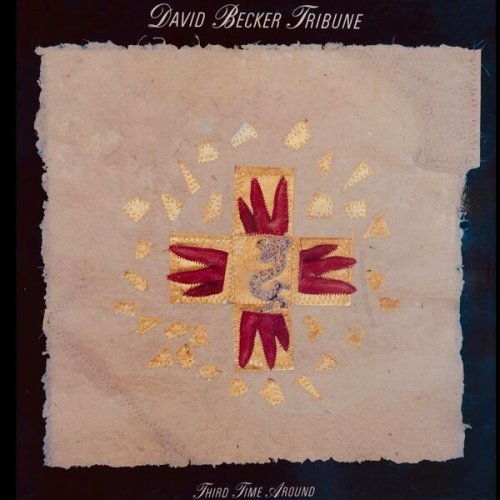
![Clifton Chenier - Squeezebox Boogie (1999) [Hi-Res] Clifton Chenier - Squeezebox Boogie (1999) [Hi-Res]](https://img.israbox.com/img/2025-12/20/cmlfho2wfdjon4pewnwrm16l7.jpg)
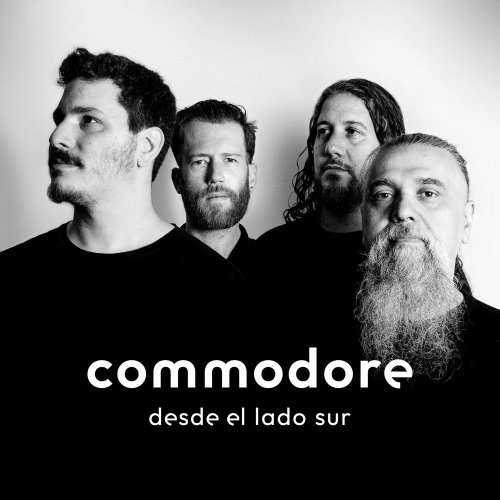
![Philippe Chrétien, Jeannot Steck - Eclipse - The Album (2025) [Hi-Res] Philippe Chrétien, Jeannot Steck - Eclipse - The Album (2025) [Hi-Res]](https://www.dibpic.com/uploads/posts/2025-12/1766208210_folder.jpg)
